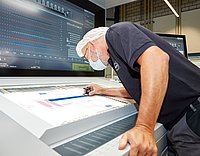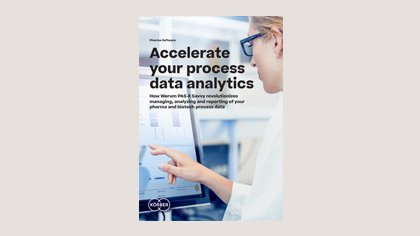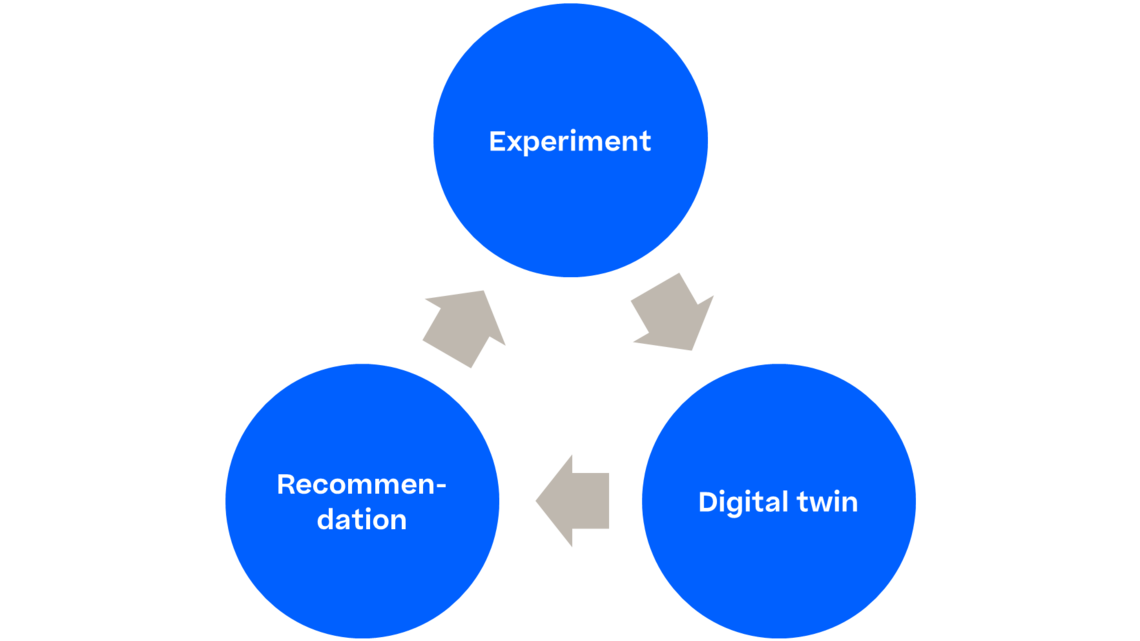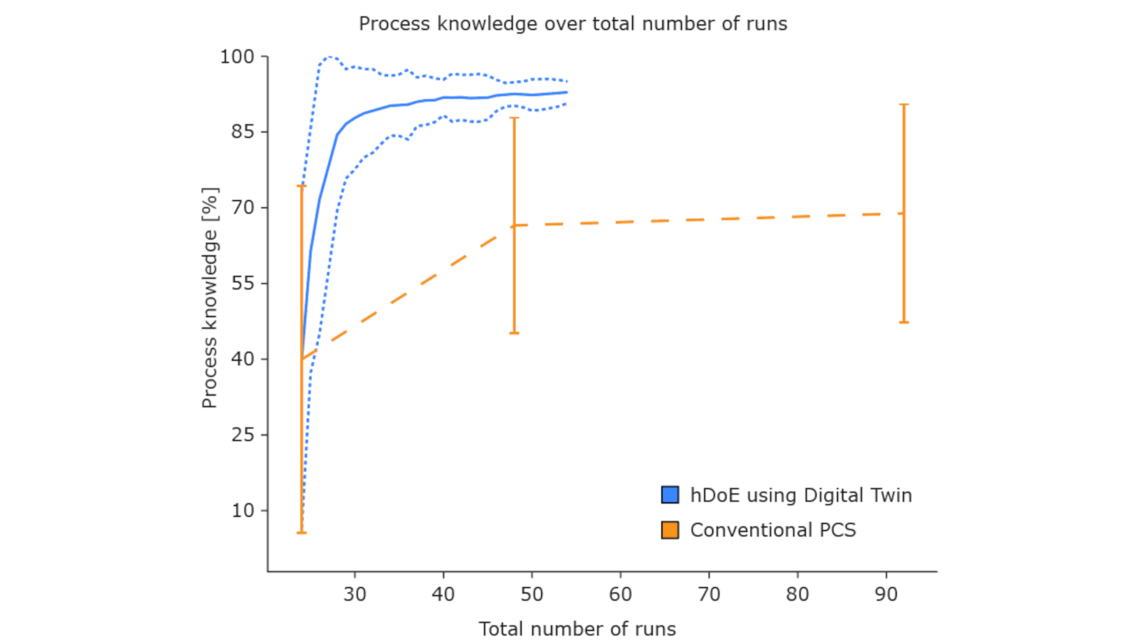
- T. Oberleitner, T. Zahel, B. Pretzner, and C. Herwig, “Holistic Design of Experiments Using an Integrated Process Model,” Bioengineering, vol. 9, no. 11, p. 643, Nov. 2022, doi: 10.3390/bioengineering9110643.
- C. Taylor, B. Pretzner, T. Zahel, and C. Herwig, “Architectural and Technological Improvements to Integrated Bioprocess Models towards Real-Time Applications,” Bioengineering, vol. 9, no. 10, p. 534, Oct. 2022, doi: 10.3390/bioengineering9100534.
- L. Marschall et al., “Specification-driven acceptance criteria for validation of biopharmaceutical processes,” Front. Bioeng. Biotechnol., vol. 10, p. 1010583, Sep. 2022, doi: 10.3389/fbioe.2022.1010583.
- C. Taylor et al., “Integrated Process Model Applications Linking Bioprocess Development to Quality by Design Milestones,” Bioengineering, vol. 8, no. 11, p. 156, Oct. 2021, doi: 10.3390/bioengineering8110156.
- T. Zahel et al., “Integrated Process Modeling—A Process Validation Life Cycle Companion,” Bioengineering, vol. 4, no. 4, p. 86, Oct. 2017, doi: 10.3390/bioengineering4040086.










